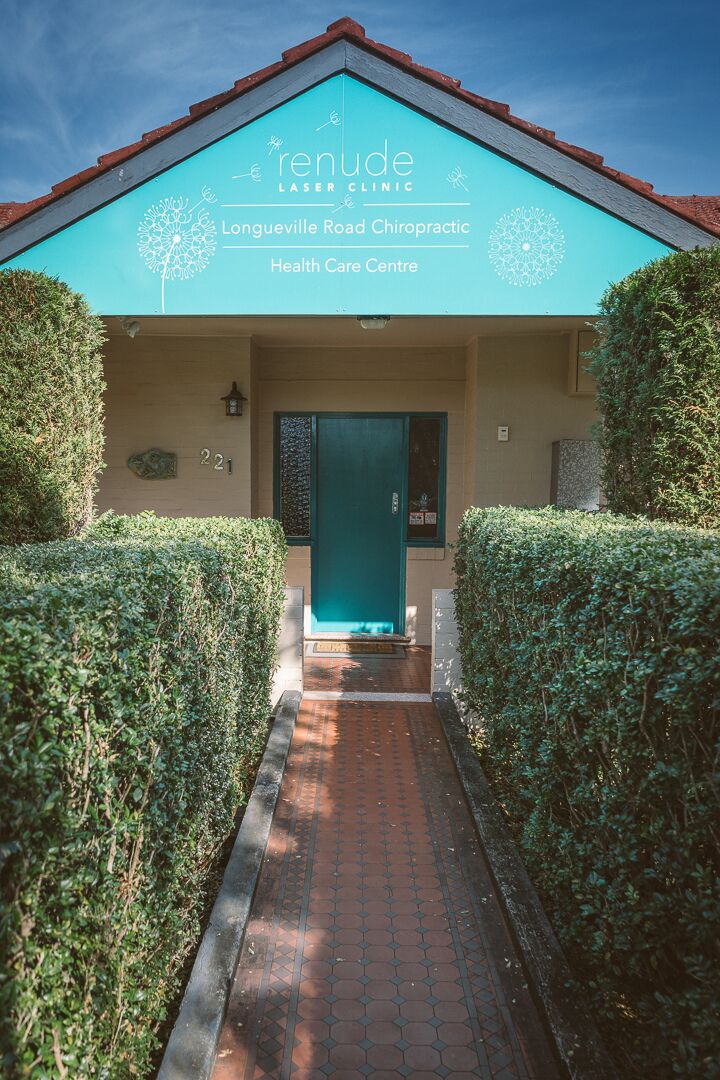Gluteus medius – the butt of all problems
The gluteal muscles are the power house of the human body. The muscle group is comprised of gluteus maximus, medius and minimus, controlling the major movements of the hip. Each muscle has a vital function:
- Hip Extension: Vital for gait (walking)
- Pelvic stability
- Controlled movement of the hip
- Power for propulsion
- Stability and alignment of the pelvis during single-leg movement
What if the role of the Gluteus Medius (GM)?
GM serves to maintain pelvic alignment during single-leg activities such as jumping, kicking and running. When you consider that over 50% of the gait cycle is spent on one leg, which can be increased by over a further 30% during running, it is easy to appreciate the importance of this muscle in a healthy, functioning body.
A weak GM can result in what is called the ‘Trendelenburg Sign’or hip sag. This hip sag sounds relatively innocent, however repeated misalignment of the pelvis during gait can lead to other problems in the spine, knee and ankle. This not only increases risk of overuse injuries, incorrect tracking of the knee cap, poor transmission of impact forces and decreases the body’s ability to generate power during general and sporting activity.
How can chiropractic help?
- Chiropractic treatment ensures that the entire body is in alignment allowing the pelvis to maintain optimal positioning, thus giving the glut muscles the best possible chance to fire properly.
- If incorrect pelvic alignment is present, muscles such as the ITB and TFL tend to act as cable pulls. These muscles then take over as the primary lateral pelvic stabiliser, causing the GM to switch off. Patients with an inactive GM will begin to experience pain and dysfunction in the lower chain, including the lower back, hip, knee and ankle.
- Changes in pelvic alignment alters the force vectors in the lower body. Here patients will often experience hamstring and hip flexor over activity, leading to changes in gait, posture and often low grade tears or injuries within these tissues. These changes in vectors cause joints throughout the body to overload, as well as increasing the chance of injury.
- Chiropractors work closely with the spine to ensure optimum nerve firing and neurological function. By doing so, we can ensure that all nerve pathways from the brain and spinal cord are flowing uninterrupted, thus reducing the chances of muscular atrophy and inhibition.
- Adjustments to the sacroiliac joint (part of the pelvis) provides a strong proprioceptive input which lets the body know where all of its joints and muscles are in space. This encourages joint centration and appropriate muscle tone. NB: When a patient has a repeated muscle problems, there will almost always be a joint alignment issue as well as a disconnect between the brain and muscle regarding the nerve supply, the so called “switching off” of the muscle. Trigenics Myoneural Medicine is an easy procedure we use to get the brain talking to the muscle again so recovery is far quicker. Many Olympians will use this form of treatment to enhance performance before an event, as simple minor changes in biomechanics can be the difference between a podium and non-podium finish.
How can I strengthen and switch on my gluts?
- Single leg exercises with a practitioner prescribed gym program
- Wall hip drops
- Bridges on a yoga ball
- Theraband clams
- Crab steps
- Resisted and Bulgarian lunges
- Pilates, pilates and more clinical pilates
For more information and an assessment contact the staff at Longueville Road Chiropractic Centre for an appointment.




